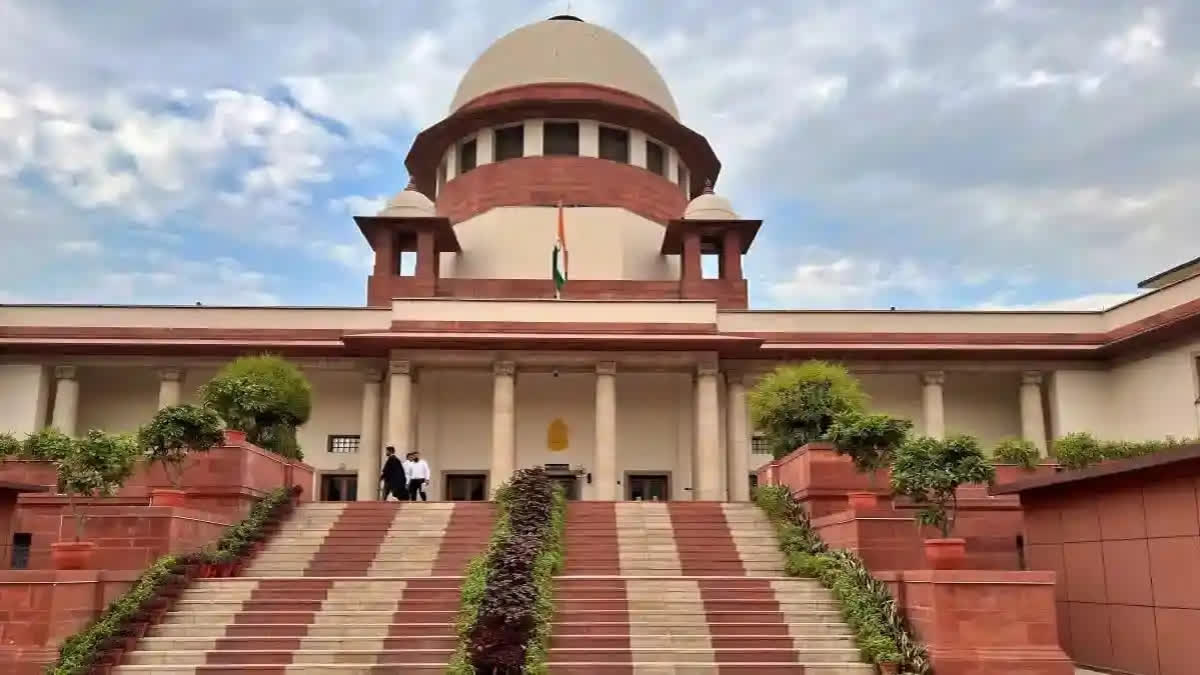New Delhi:The Supreme Court on Wednesday observed that social status and other indicators may be different for different castes inside the Scheduled Castes and the degree of social and economic backwardness may vary from one person or caste to another while examining whether states can sub-classify scheduled castes and scheduled tribes for grant of quota inside quota.
Senior advocate Kapil Sibal made submissions in favour of the states being empowered to sub-classify SCs and STs to ensure substantive equality among the deprived classes. Sibal stressed that in the 21st century, “we are talking about equality for those who have been humiliated and deprived for centuries…” Citing a 2004 judgment by the apex court, Sibal said it wrongly construed scheduled castes as a homogenous group and emphasized that Punjab, which has nearly 32 percent SC population, cannot be barred from making special arrangements to support the weakest among the weaker section of the society.
A seven-judge bench led by Chief Justice of India D Y Chandrachud said that all SCs and STs may not be homogenous in terms of their economic, education, and social status. It was argued before the apex court that the assumption that SCs represent a homogenous group was not based on “factual data” and “analysis”.
The bench also comprising justices B R Gavai, Vikram Nath, Bela M Trivedi, Pankaj Mithal, Manoj Misra and Satish Chandra Mishra, noted that the homogenous nature of all the entries (of castes) is for the purposes of designation.
The bench said SCs and STs may be a class for a certain purpose but they may not be a class for all the purposes. The bench said there is homogeneity in the sense that each one of them belongs to the scheduled castes and, citing a counsel’s argument, added that there is no homogeneity either in terms of the sociological profile, economic development, social advancement, and education advancement.
